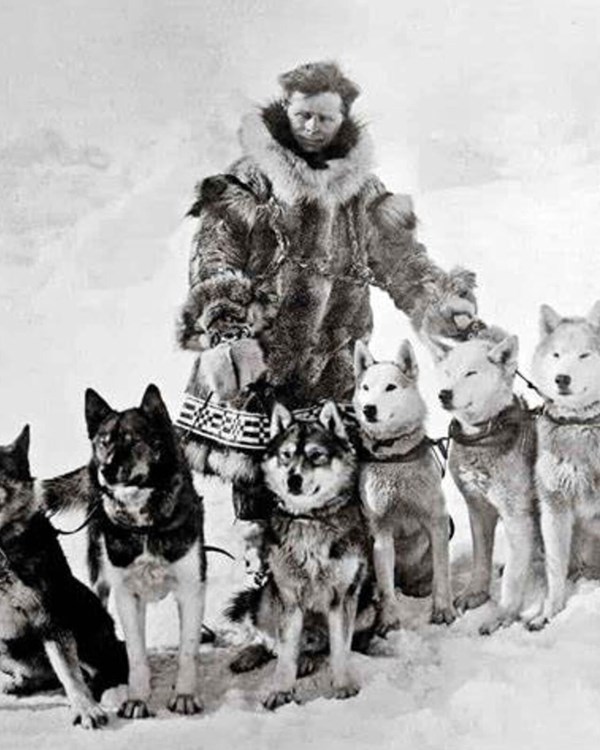
Togo was a Siberian Husky born in 1913 in Alaska. He was bred to be a sled dog and was known for his intelligence, endurance, and determination. However, his story was overshadowed by that of Balto, another famous sled dog who played a role in the 1925 serum run to Nome.
The serum run to Nome was a life-saving mission to deliver serum to the town of Nome, Alaska, which was suffering from an outbreak of diphtheria. The town’s only doctor, Dr. Curtis Welch, realized that the only way to save the town was to get a supply of serum to Nome as quickly as possible. The serum had to be transported from Anchorage, Alaska to Nome, which was over 600 miles away.
The serum was transported by a relay of dog sled teams, with each team covering a portion of the distance. Togo was part of the team that covered the longest and most treacherous leg of the journey, from Nome to Shaktoolik. This leg of the journey was over 260 miles long and passed through some of Alaska’s most rugged terrain, including the Norton Sound, which was covered with shifting sea ice.
Togo and his musher, Leonhard Seppala, were the most experienced and skilled team on the serum run. They had already covered the same route to Nome just a few months earlier, and Togo had proven himself to be a capable and reliable sled dog. Seppala knew that Togo was the only dog he could trust to lead his team across the treacherous Norton Sound.
Togo and Seppala set out from Nome on January 27, 1925, at the height of a blizzard. The temperature was below zero, and the wind was so strong that it blew Togo off the trail several times. However, Togo’s determination and Seppala’s skill kept them on track, and they arrived at Shaktoolik in just over 17 hours, a time that was considered a record for that leg of the journey.
However, Togo’s greatest challenge still lay ahead. The next leg of the journey was from Shaktoolik to Golovin, a distance of over 90 miles. This leg of the journey was even more treacherous than the previous one, with steep climbs, narrow passes, and deep snow drifts. Togo and Seppala set out on this leg of the journey on January 28, 1925, in the middle of a raging blizzard.

The blizzard was so severe that Seppala had to walk ahead of the team to find the trail. Togo led the team through the blinding snow and across treacherous ridges, using his intelligence and instincts to navigate the dangerous terrain. At one point, the team came to a treacherous pass called the Topkok Hills, which was so steep and narrow that Seppala had to walk behind the sled to push it up the hill. Togo led the team up the hill with determination, pulling the heavy sled through the deep snow.
Finally, after over 20 hours of travel, Togo and Seppala arrived in Golovin, where they handed the serum over to the next team. Togo had covered over 260 miles in just over a day, a feat that was considered an incredible achievement.
Despite Togo’s incredible performance on the serum run, he was overshadowed by another sled dog, Balto, who became famous for leading the final leg of the journey into Nome. Balto was hailed as a hero and became a media sensation, appearing in newspapers and on radio shows across the country. Togo, on the other hand, was largely forgotten, even though he had covered the longest and most treacherous leg of the journey.
Nevertheless, Togo’s story did not go completely unrecognized. In 1926, Seppala and Togo were invited to tour the United States to promote the importance of sled dogs and to raise money for the serum run. They traveled to several cities, including New York, Boston, and Chicago, where they were greeted by large crowds and received numerous accolades.
In the years that followed, Togo retired from sled dog racing and lived out his life on Seppala’s farm in Maine. He died in 1929 at the age of 16, surrounded by his family and loved ones.

Today, Togo’s story is celebrated as an example of the incredible courage and determination of sled dogs and their mushers. His legacy continues to inspire people around the world, and his incredible performance on the serum run to Nome is remembered as a testament to the enduring spirit of the Siberian Husky.
